Philippines Regional Cuisine: 12 Popular Pinoy Dishes You Need to Try
PHILIPPINES REGIONAL CUISINE – Here are the twelve (12) popular Filipino dishes you need to try.
The cuisine of the Philippines can be divided into two groups: regional and local. This shows that there are literally hundreds of distinct recipes that can be made using Filipino ingredients, which is a challenging undertaking for even the most seasoned gourmet.
In the Philippines, food tours are very popular among visitors, especially those who are traveling there for the first time.

Philippines regional cuisine
Fresh lumpia or lumpiang ubod (Western Visayas Region, Negros Occidental)
It is among the most well-known Filipino foods and one of the many different kinds of lumpia that can be found in the Philippines. The lumpia consumed in other regions of the Philippines differs from the lumpia that is indigenous to Negros Occidental. The Lumpiang Ubod (fresh palm spring rolls) of Silay, Negros Occidental, is made with young ubod, which are white strips of fibrous flesh from the center of the palm vegetable rice flour, and they have a fresh and delicate rice flour wrapper. Additionally, they are served without the peanut sauce that is typically provided with spring rolls.
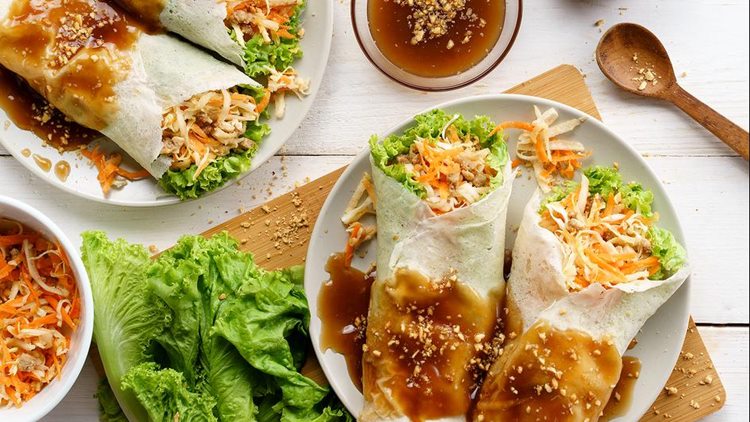
Lechon de leche (South, Visayas, and Mindanao Regions)
One of the most well-known Filipino dishes is lechon de leche, or roasted suckling pig. Lechon is best served with garlic fried rice, even though the stuffed variety is frequently cooked with lemongrass, garlic, spring onions, and chili peppers in the South, the Visayas, and Mindanao. Lechon de leche can be cooked with a variety of ingredients, including ginger, peppers, garlic, chives, and even pineapples. They are salted more heavily, and as a result, the lechon has a flavor that makes it stand alone without further seasoning. It can also be eaten with a dipping sauce like soy sauce or banana ketchup.
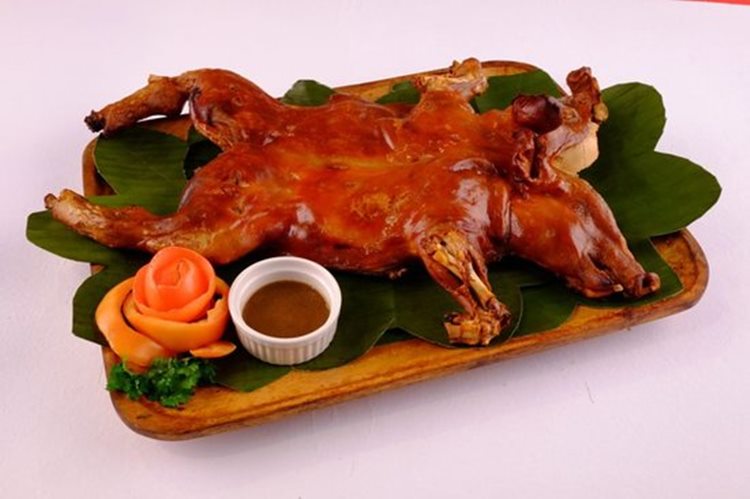
Lechon (Region 7: Cebu)
The earliest lechoneros lived in the town of Talisay on the island of Cebu, which became known as the dish’s birthplace in the 1920s. You could claim that this is the reason why Cebu is frequently cited anytime “lechon,” or fried foods, are mentioned; after all, it is the location where the best lechon is produced. One of the most well-liked dishes in the Philippines is lechon, or roasted pig, which is best enjoyed with garlic fried rice. Additionally, it can be served on a banana leaf with soy sauce or banana ketchup as a dipping sauce.

Arroz Caldo or Chicken Soup (Luzon)
Arroz caldo is a typical Filipino dish that mostly comprises rice and chicken. It is heavily seasoned with ginger and garnished with roasted garlic, scallions, fish paste or fish sauce, soy sauce, and black pepper. The majority of eateries serve it with a hard-boiled egg and a choice of calamansi, fish sauce, or fish paste (also known as patis). Safflower, also known as kasubha, is another common ingredient in preparations and gives food its distinctive yellow hue. Arroz caldo is the name of one kind of lugaw. It is regarded as a “comfort food” in Philippine culture and a typical breakfast item for Filipinos.
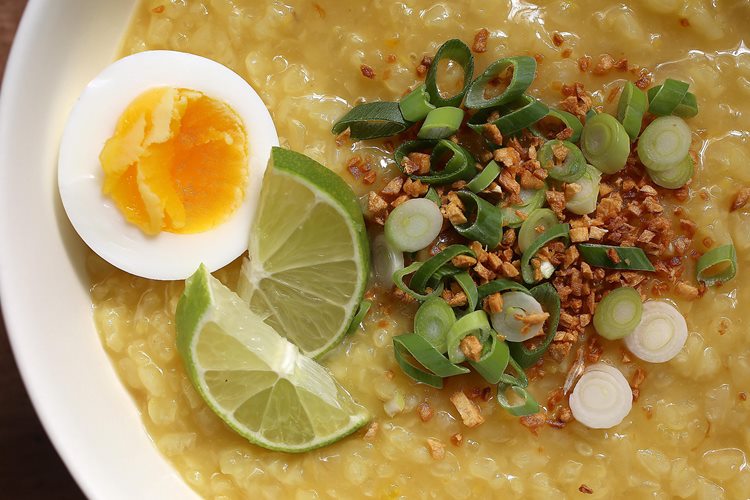
Chocolate rice porridge or champorado (Visayas Region)
Filipino chocolate rice porridge, commonly known as champorado, is typically consumed for breakfast. Whether you want to believe it or not, it is one of the delicious classic Filipino dishes. Despite the fact that eating chocolate for breakfast could seem like a dream come true, there is one crucial consideration to make. It is typically served with tuyo, a sort of salted and dried fish, in Filipino cuisine. One of the well-known Filipino foods is dried fish.
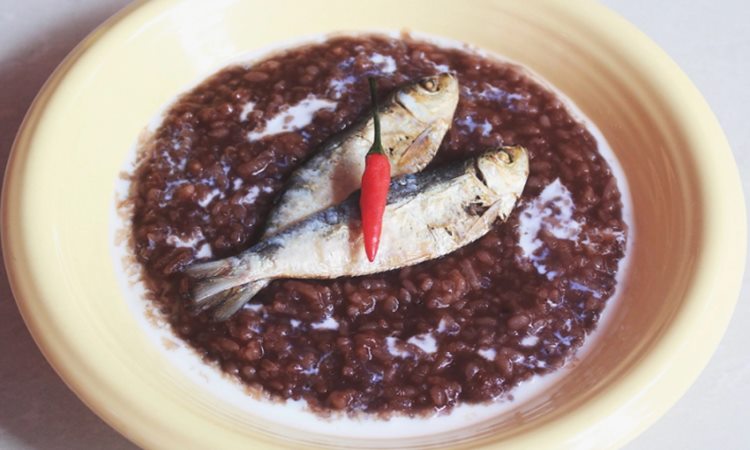
Pakbet or Pinakbet (Ilocos Region)
Famous traditional Filipino food and vegetable dish pakbet, often spelled pinakbet, has its origins in Ilocos Province in the northern part of the Philippines. The vegetables used in this recipe are frequently grown in the villagers’ backyards, making them readily available for consumption throughout the bulk of the year. This delectable dish is made up of a variety of chopped veggies, some of which include string beans, bitter melon, eggplant, and shrimp paste. Anchovy sauce, sometimes referred to as bagoong isda, is used to flavor pakbet, which is prepared in a “palayok,” a clay pot.

Stir-fried noodles or pancit (Region 7: Cebu)
A common dish served at various events and feasts is pancit, a staple of Filipino cuisine. It consists of stir-fried noodles with a variety of meat and vegetables, such as chicken, pork, shrimp, celery, carrots, spring onions, garlic, cabbage, and soy sauce flavoring to taste. The cuisine’s origins may be traced back to China, and the dish’s name derives from the Hokkien word “pian i sit,” which translates to “something convenient that is cooked quickly.”

Rice cakes, or biko (Visayas Region)
Steamed rice cakes, or bikos, are a popular ‘kakanin’ dish in the Philippines. Steamed rice cakes come in a variety of forms throughout the Philippines, but Biko stands out as a favorite for merienda, or regional snacks. Glutinous rice is cooked with coconut milk, brown sugar, and other ingredients to make biko, which is then topped with latik. Depending on your preference, the latik may be served as curd or syrup. A spherical wooden bamboo tray covered with coconut-oiled banana leaves is called a bilao, or banana leaf, and it is used to serve the popular dessert biko.
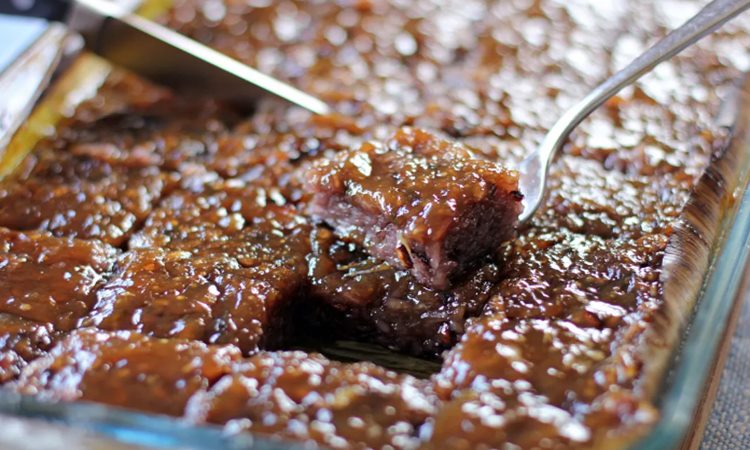
Leche flan
Leche flan is a classic dessert made with egg yolks, evaporated milk, and condensed or coconut milk. After baking in a water bath, it is then topped with caramel sauce. Leche flan is sold at several different places throughout Quezon City. It ought to be available in any of the bakeries or eateries that are Filipino. Additionally, you can buy it online from a variety of websites that specialize in Filipino food.
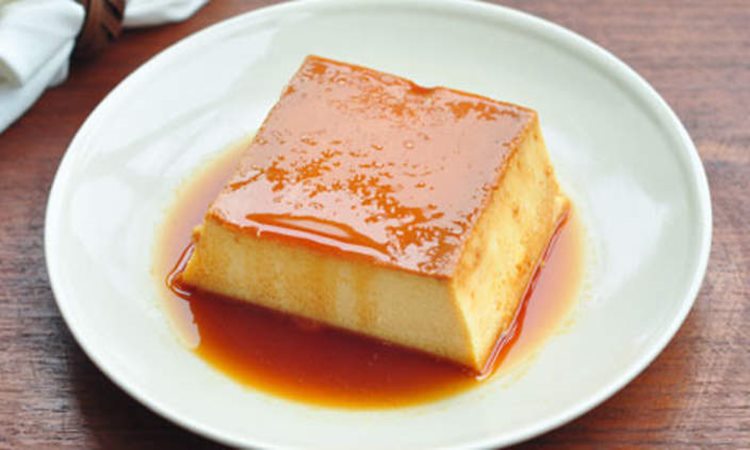
Laing (Region V-Bicol)
The Laing people are indigenous to the Bicol region. Like any traditional Filipino food, it should be had with a bowl of white rice. This dish combines meat or seafood that has been seasoned with labuyo chile, lemongrass, garlic, shrimp paste, shallots, ginger, coconut milk, and shrimp paste with shredded or whole taro leaves that have been cooked in coconut milk. Whole taro leaves that have been cooked in coconut milk can also be included in the dish. It is indigenous to the Bicol region, where people call it by the more widely used name pinangat. The ideal accompaniments are plain rice, garlic rice, or fried rice.

Filipino steamed rice cakes, or puto (Region V, Bicol)
Steamed rice cake snacks called puto are a staple of Filipino cuisine and are available throughout the year. This meal is perfect for bringing to a get-together or potluck because it is easy to make, easy to eat, and occasionally uses artificial food coloring for its vivid, vibrant appearance as well as for transport.

Grilled chicken or chicken inasal (Western Visayas Region)
The amazing Filipino meal or street food known as “Inasal,” which is typically prepared over an open flame, originates in the Western Visayas region. The marinade is made of ingredients like vinegar, soy sauce, calamansi juice, lemongrass, garlic, ginger, brown sugar, and atsuete oil. This marinade gives the food its distinctive flavor and color. Sprite or 7-Up may also be added to some other versions of the recipe in order to add flavor and tenderize the meat.
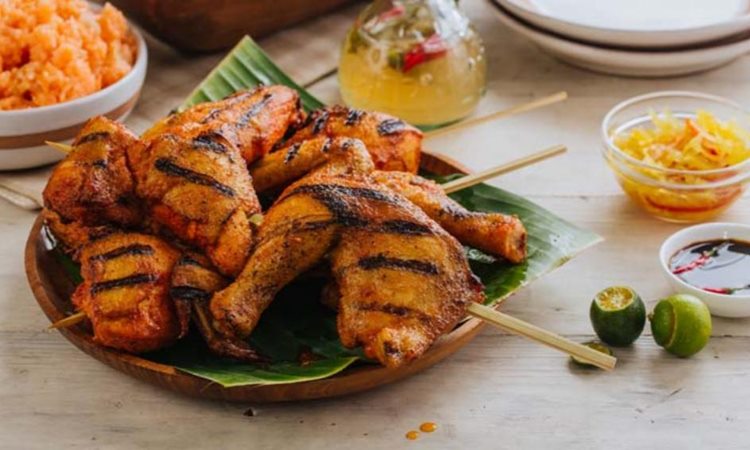
Pork belly or bagnet (Ilocos Region)
Many Filipinos and people from all around the country hold bagnet—previously known as Crispy Pork Belly—in very high regard. It is widely regarded as one of the most delicious sweets in the Philippines. The Ilocanos’ version of “Lechon Kawali,” a dish made of deep-fried pig belly, is known as Bagnet Recipe.
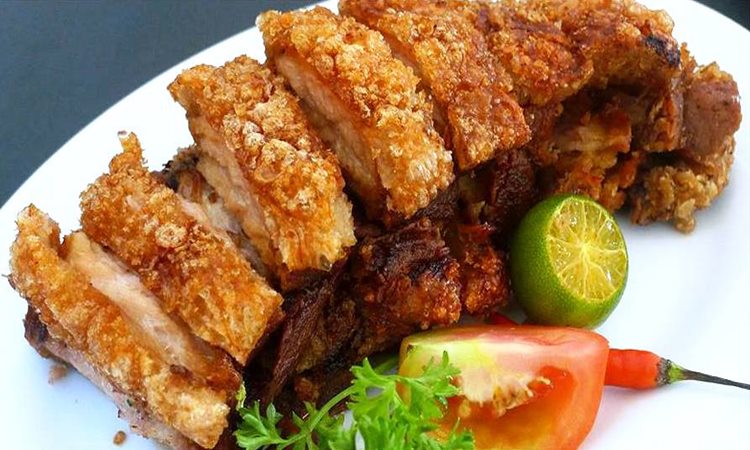
What can you say about this article? Leave your comments and reactions below.
READ ALSO: Most Popular Foods in Manila, Here Are The 6 Must-Try Dishes
Please like and follow/subscribe:
Philnews YouTube Channel
Philnews.ph FB Page
Viral Facts
